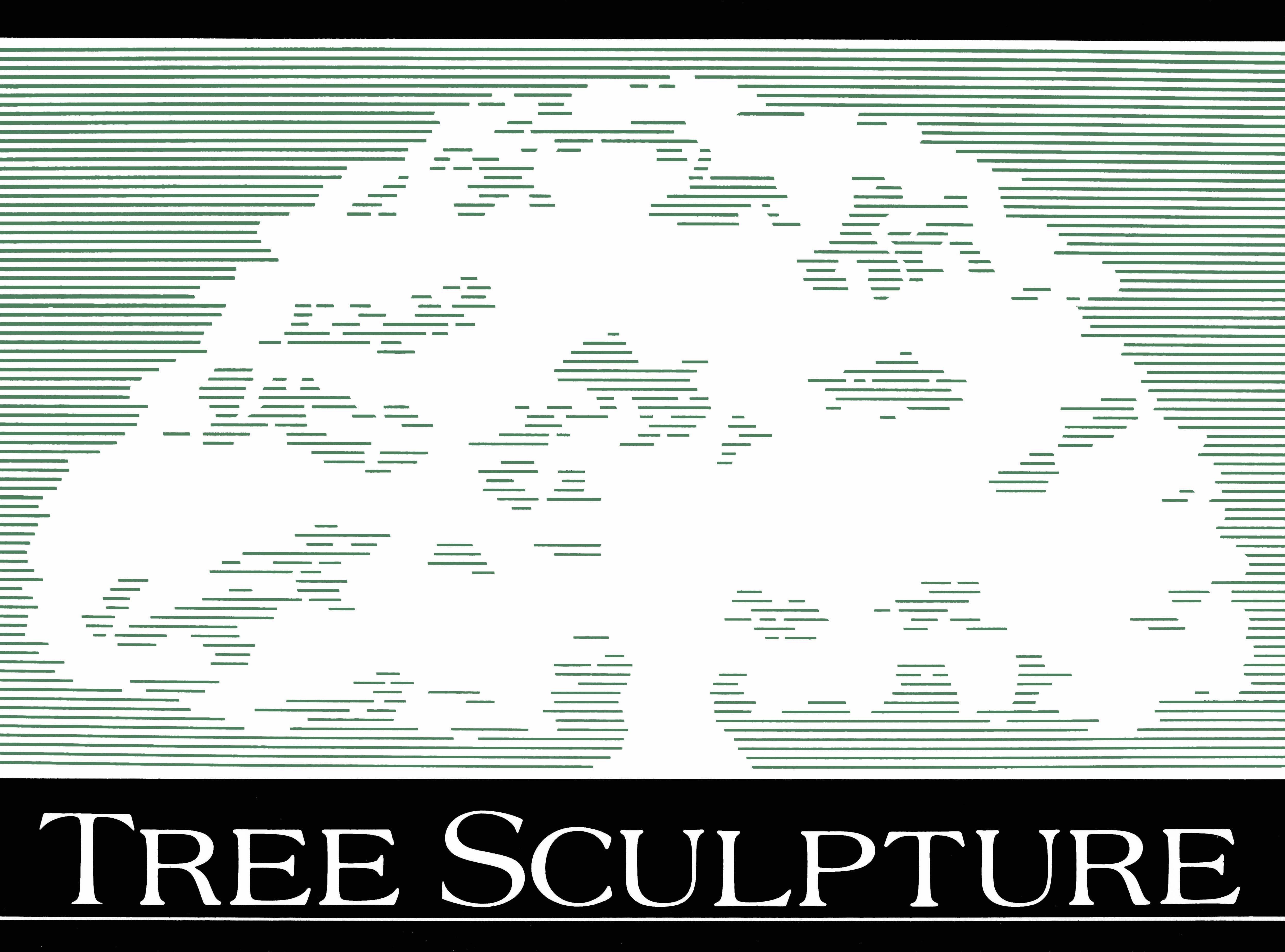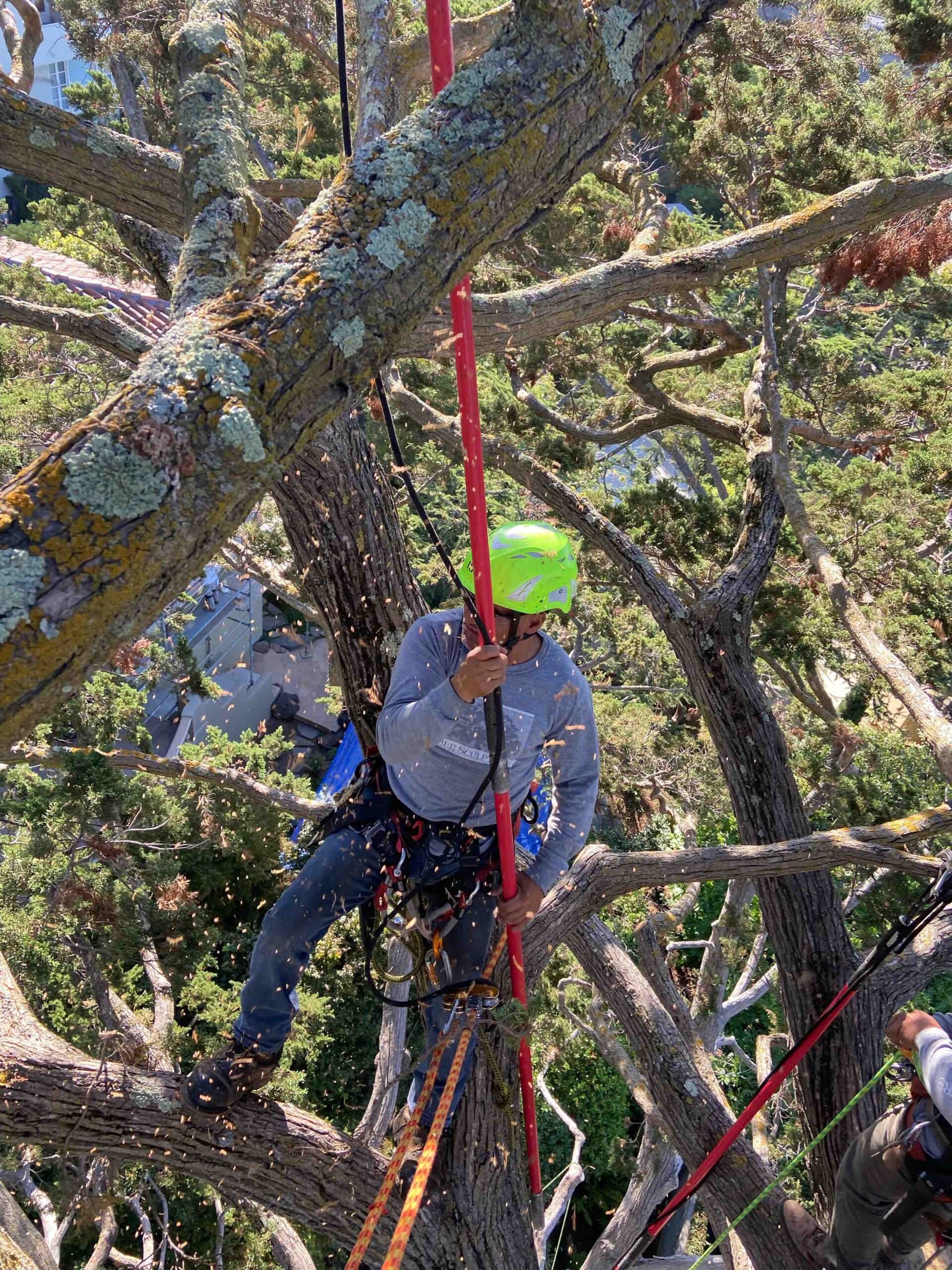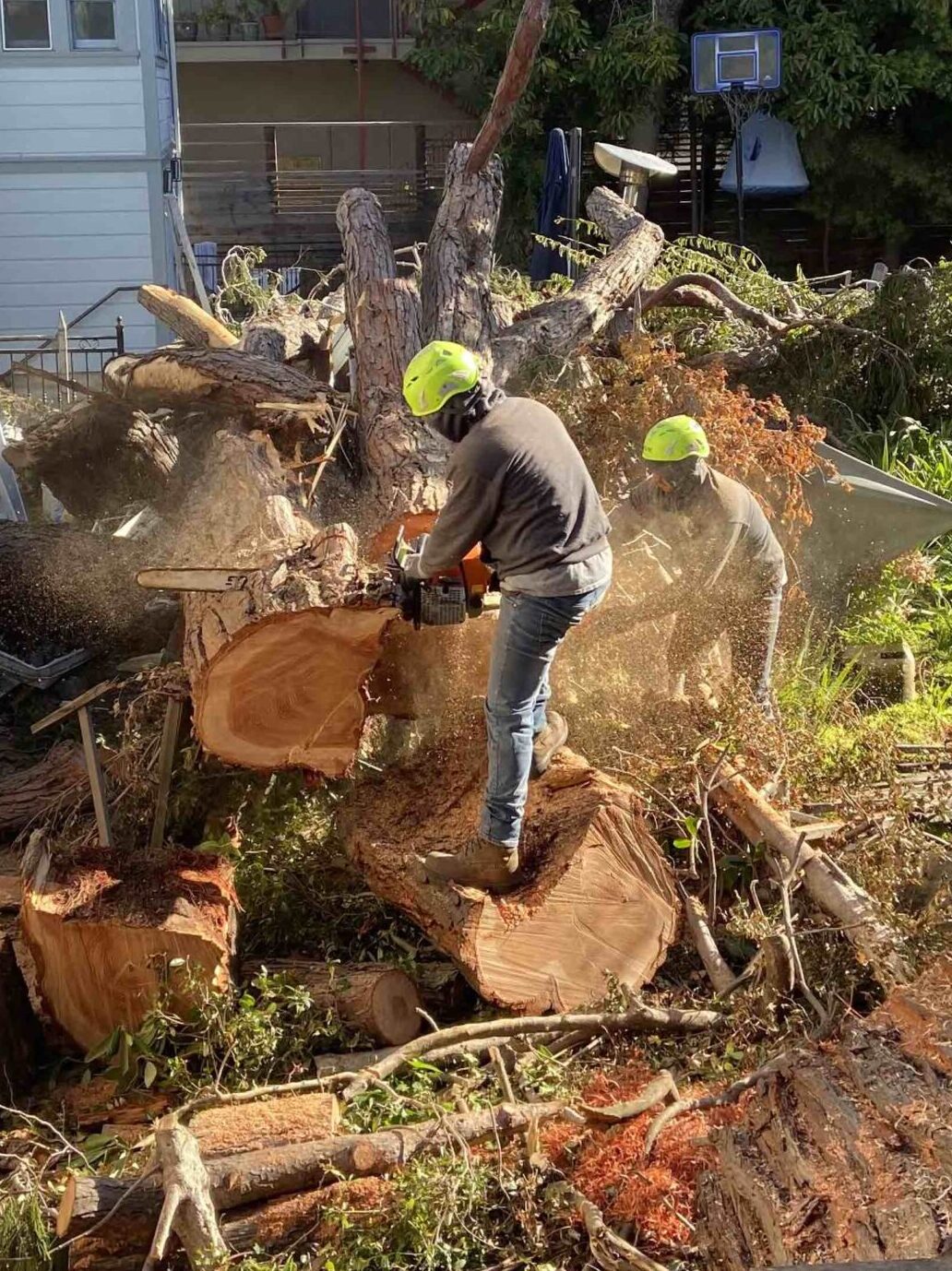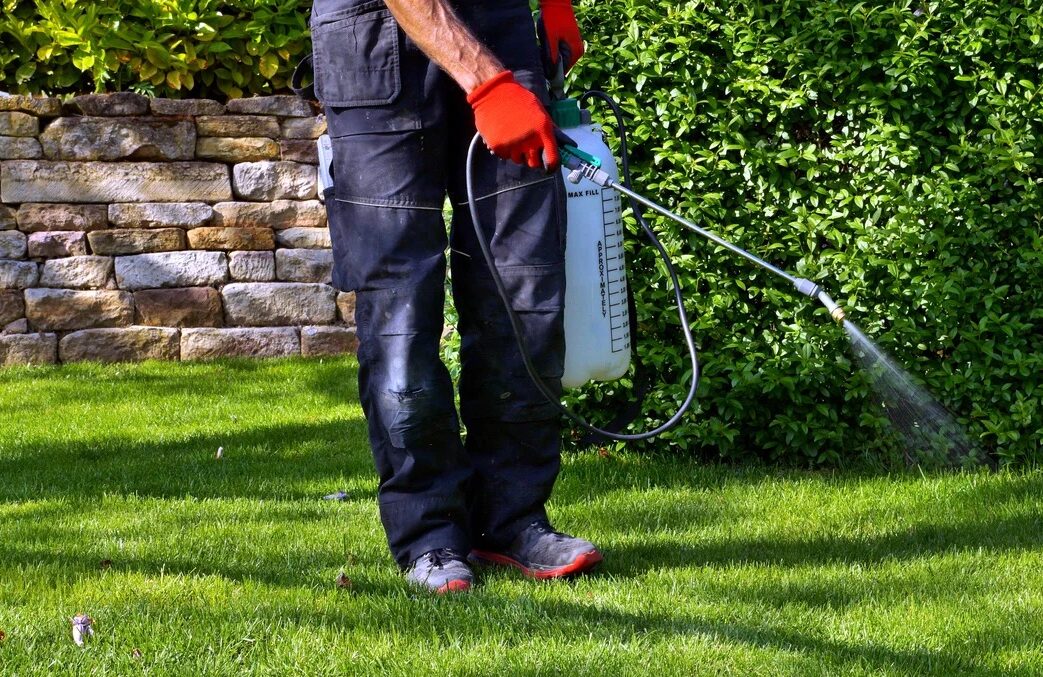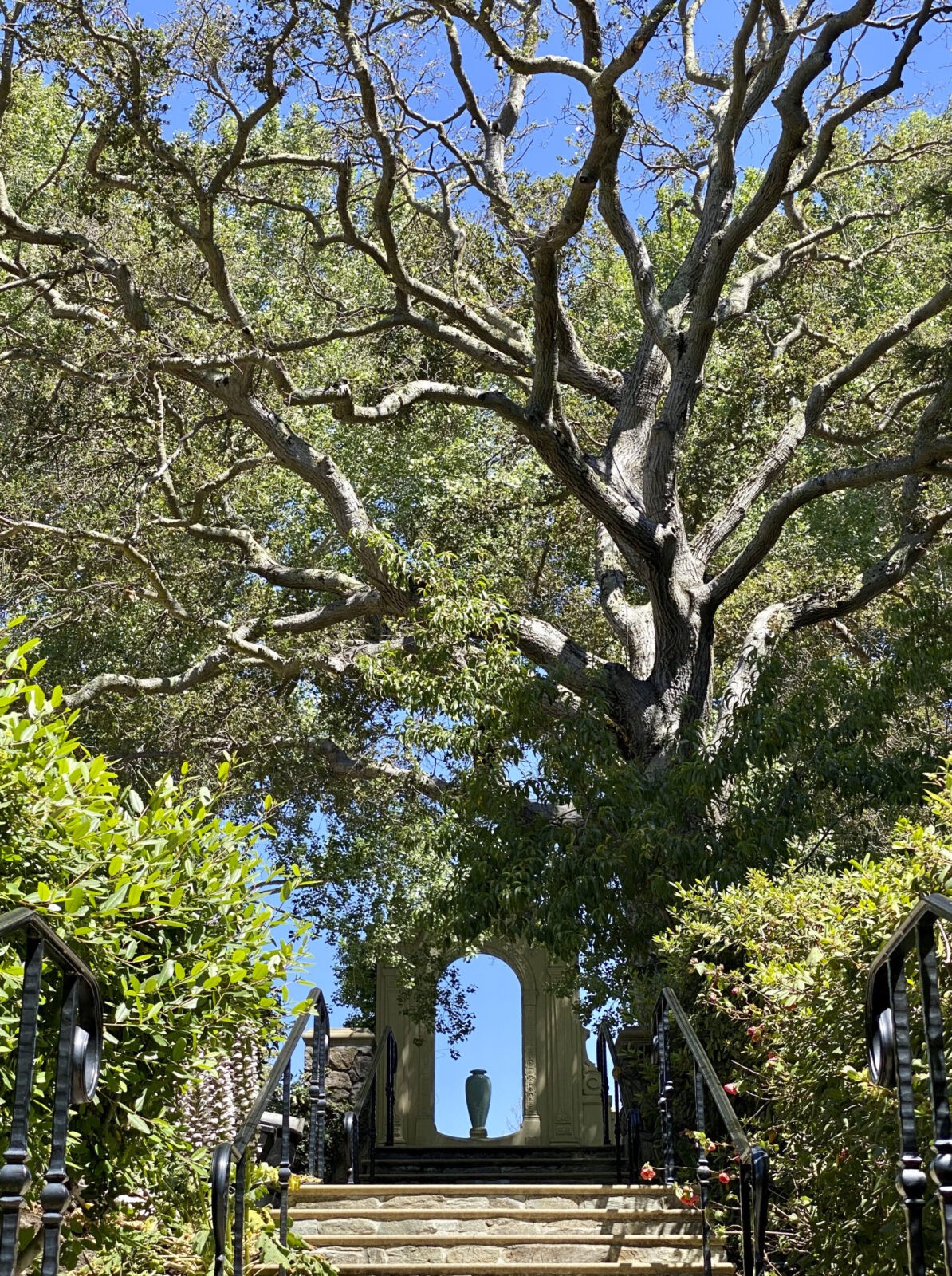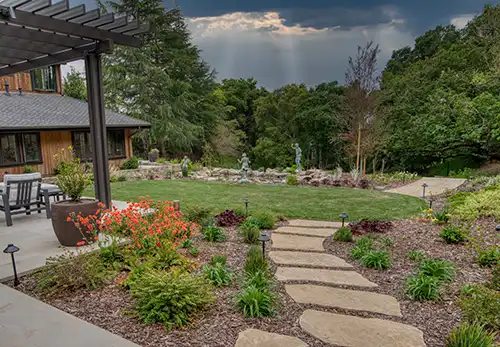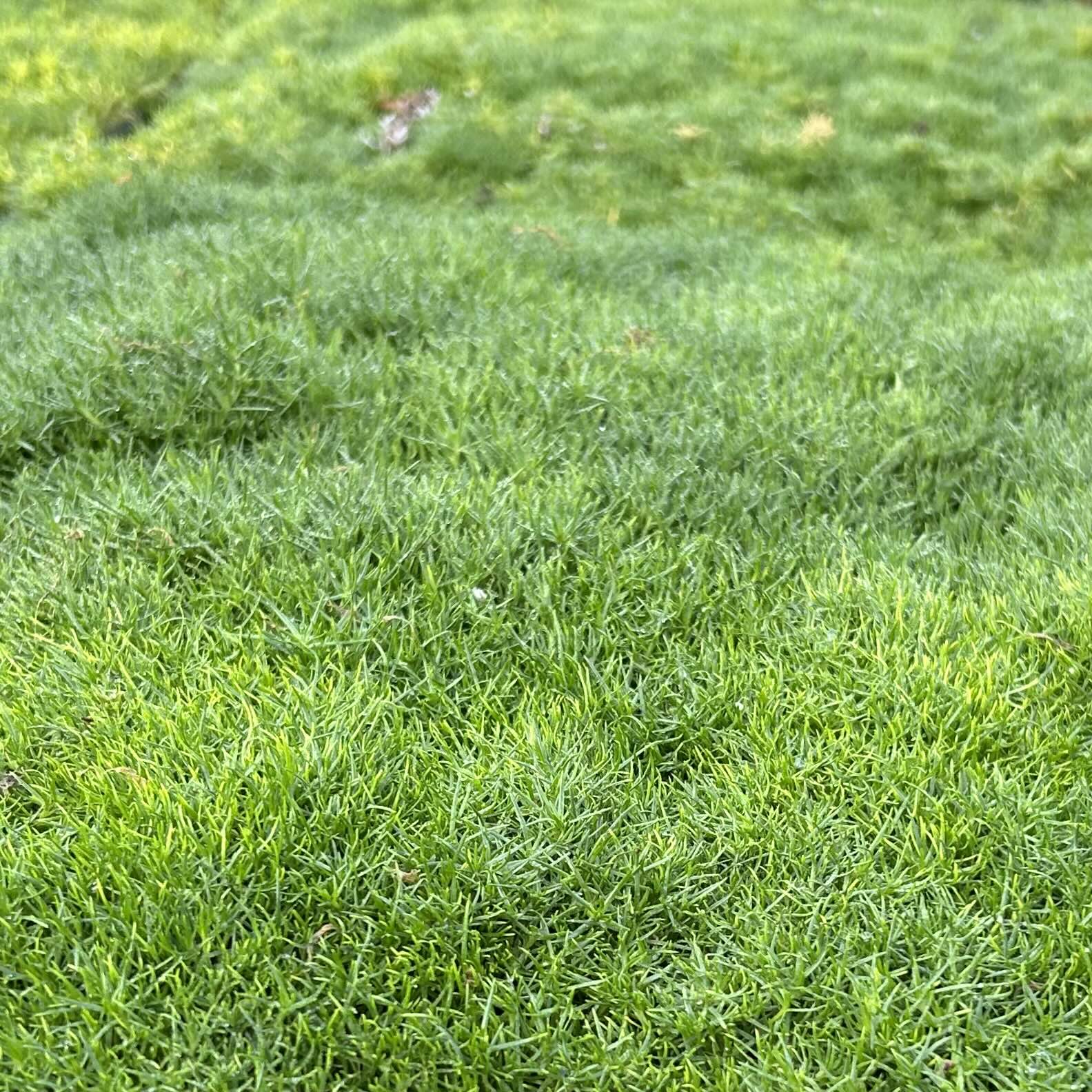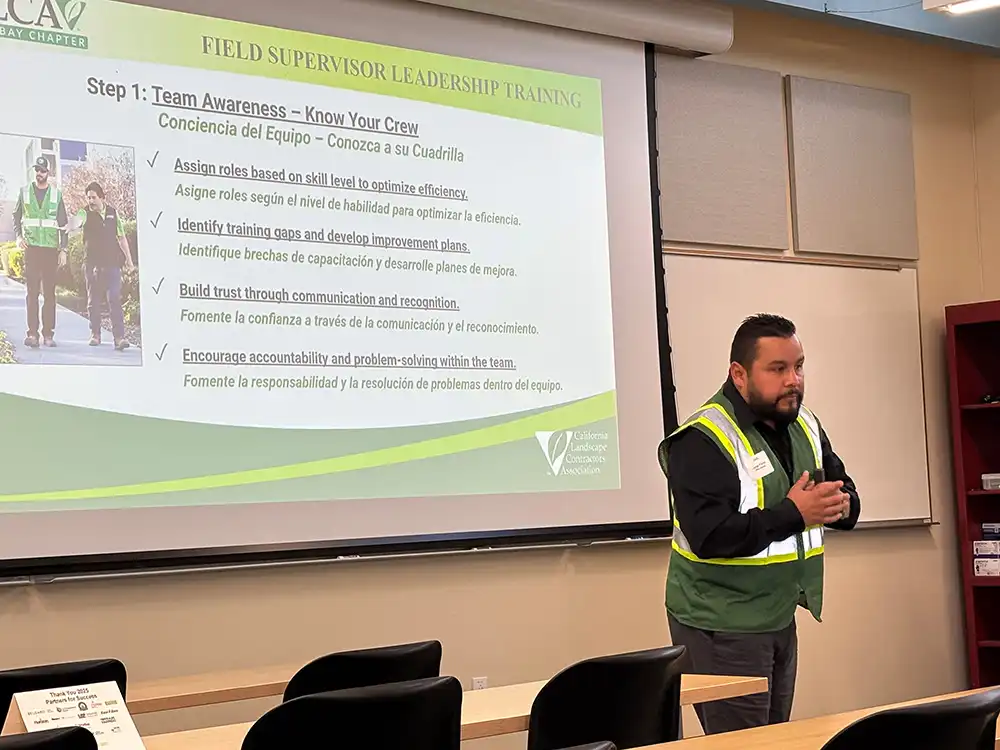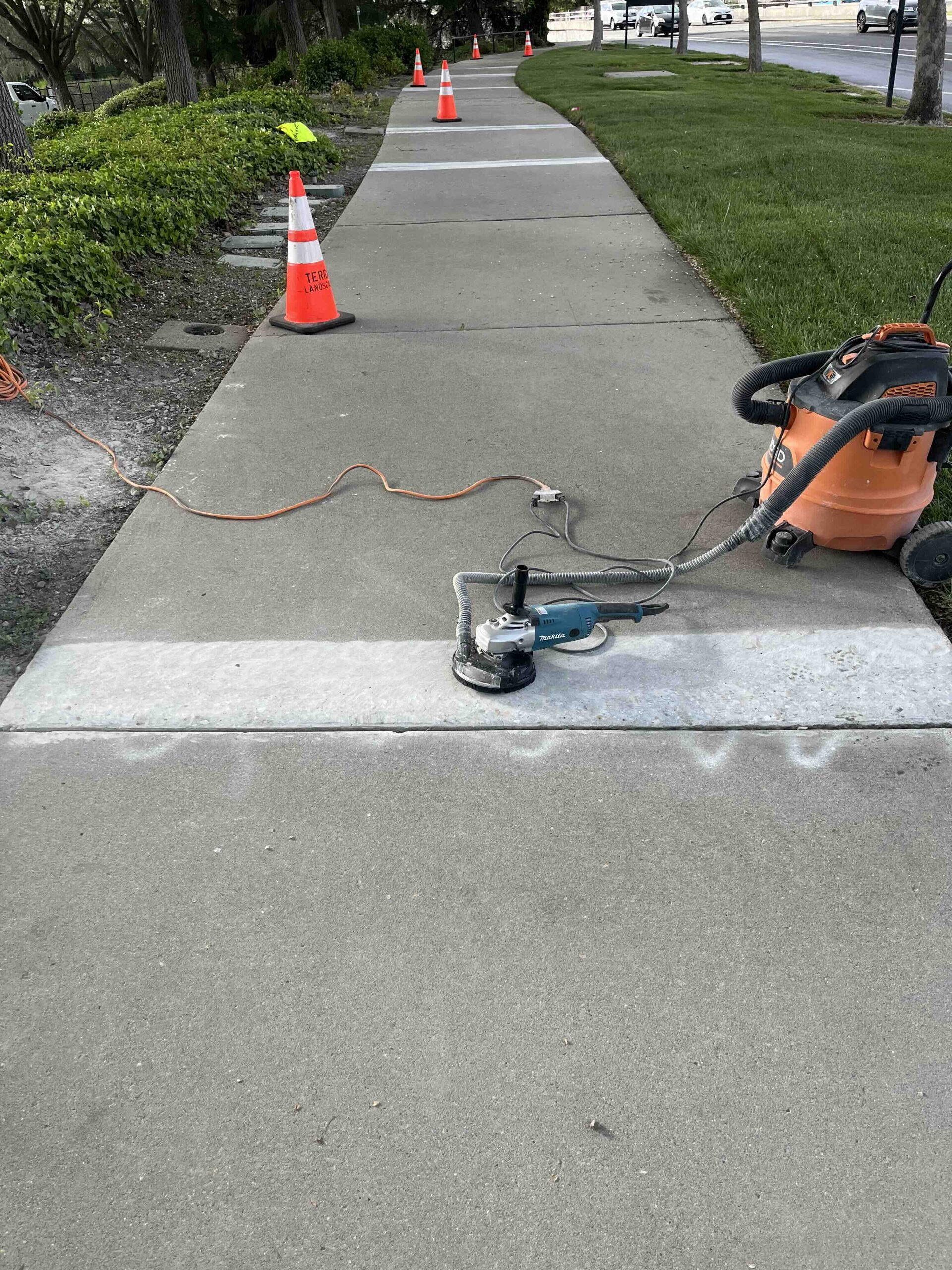Complete Tree Care
Schedule a Free Estimate
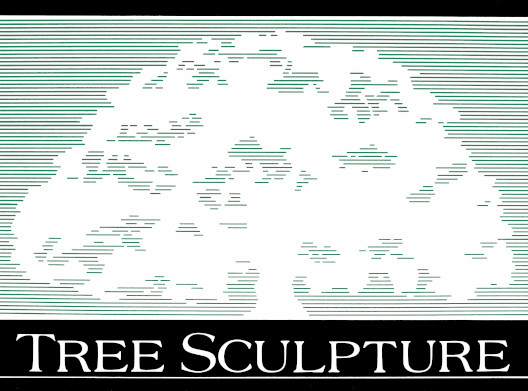
Healthy, attractive trees add character and value to any landscape. Pruning for safety and clearance from structures, walkways, roads, and lighting fixtures is essential. Beyond that, thoughtful, aesthetic pruning techniques will result in stronger, healthier trees that need less care in the long run. As a company, we bring over 50 years of knowledge and experience to the proper care of your tree population, no matter the size.
Complete Tree Care
One-Stop Shop for Professional Tree Care
We cover all aspects of tree care, from pruning for safety and aesthetics to health care and removals. Partnership is key, so we take the time to get to know our clients and work with them toward long-term solutions.
Our tree-care plans balance safety, aesthetics, and plant health to provide exceptional care for trees of all ages.
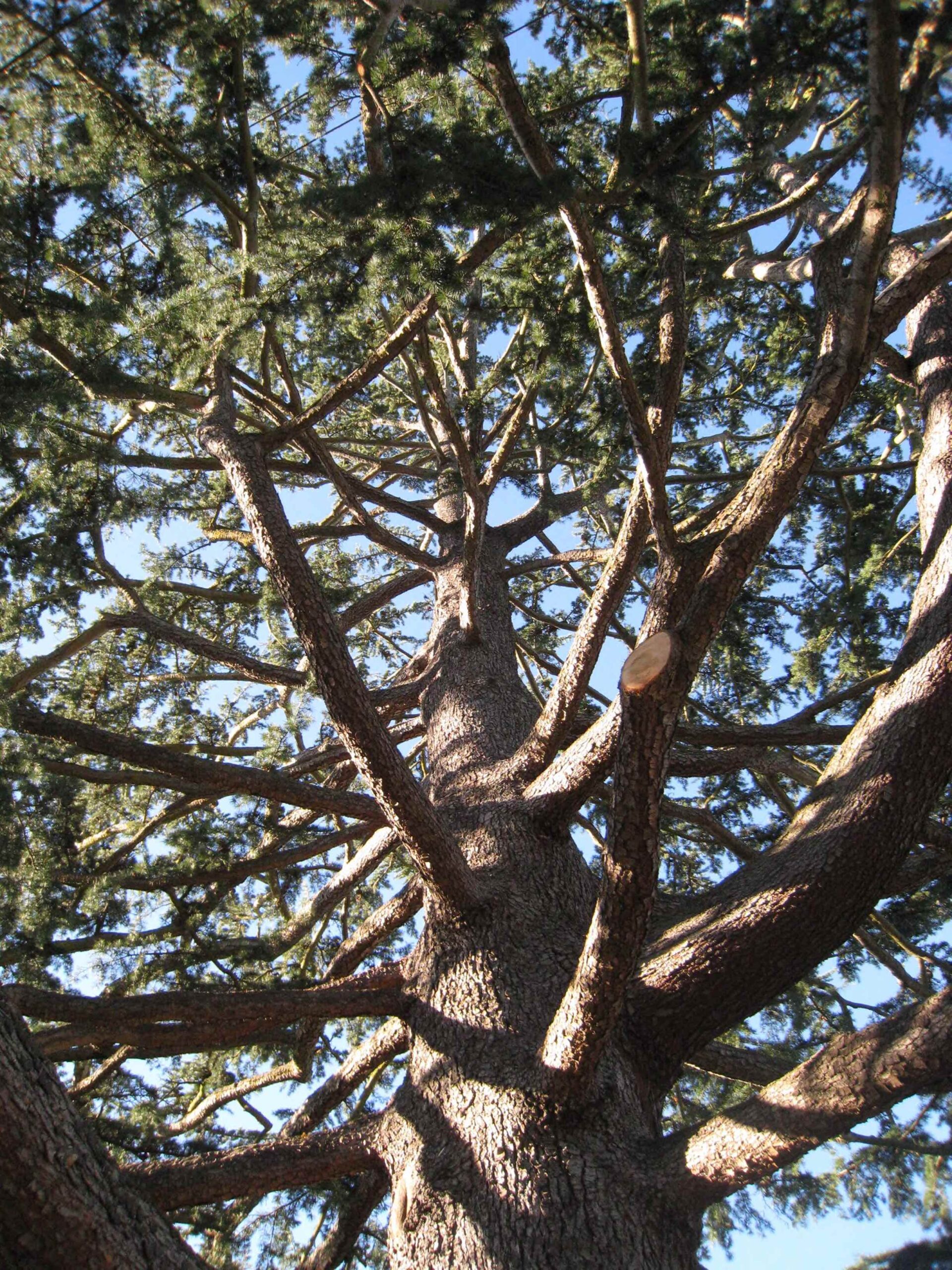
Expertise, Employee Retention,
Training & Safety
Arborists, climbers, and ground crews are appropriately trained / credentialed in all areas of tree care.
More than two-thirds of our employees have been with us for a decade or longer, well above the industry average. The resulting stability and efficiency help us provide quality service. Our commitment to our staff fosters a sense of pride and dedication company-wide. Clients often view our crews as members of their community.
All employees participate in weekly training sessions designed to expand skills and reaffirm safe work practices. All staff take on a shared responsibility to ensure efforts are tailored to site-specific needs and customer priorities.
Our Partnership Approach
Every tree is unique, and so is every client. We strive to partner with both to get the best job done! Our certified arborists take the time to evaluate each tree and understand your goals – then we work diligently to exceed your expectations. Our Certified Arborists are trained to assess risk, diagnose and treat disease and insect problems, and perform the highest quality aesthetic pruning with the primary focus on the health of the tree.
With your input, we’ll develop a prioritized, multi-year tree care program tailored to fit your budget. Our plans are grounded in ongoing monitoring of the entire tree population by our Certified Arborists for safety, beauty, and health. We also provide consultation, mapping services, and inventory management, so that when it comes to your trees, we’re all on the same page.
